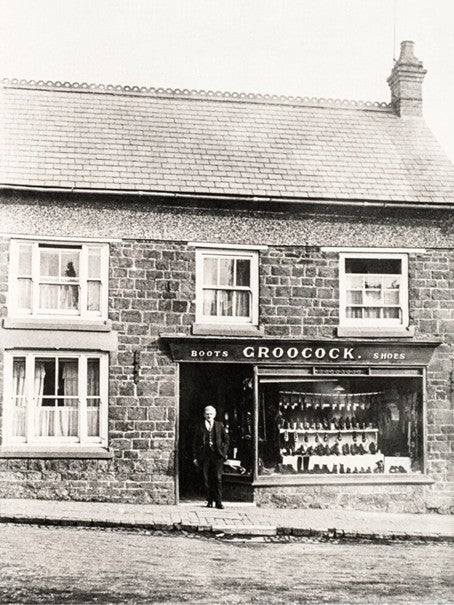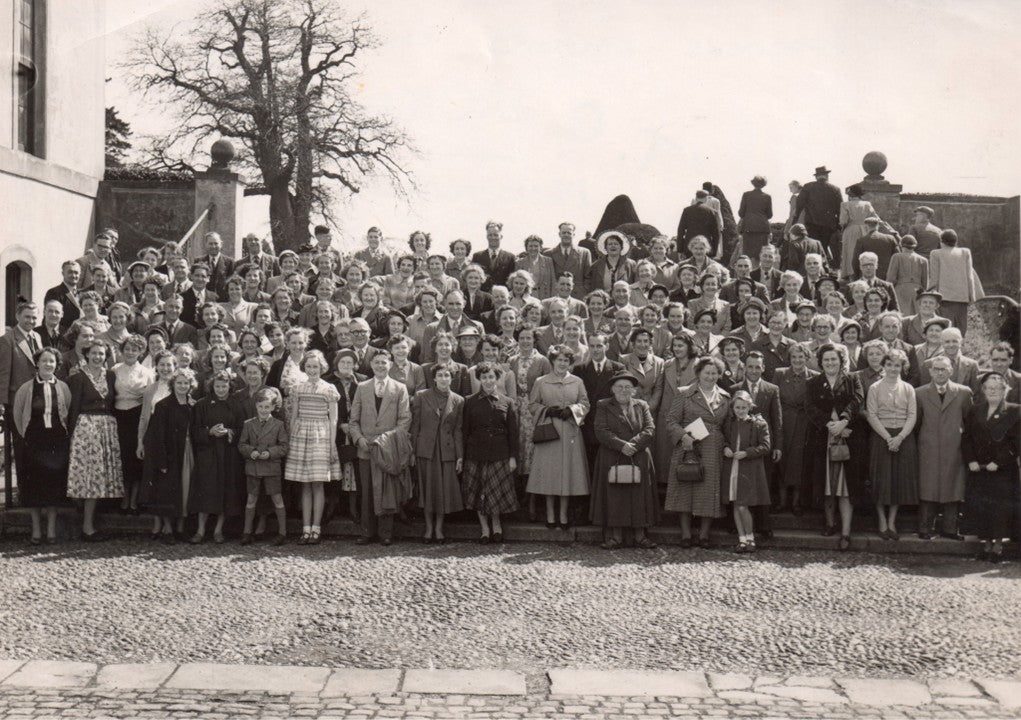A Proud History Of Shoe Making
Since 1914, Padders has been crafting footwear that blends quality, innovation, and comfort. With over a century of shoemaking expertise, we’ve built a reputation for premium design and lasting support.
At Padders, we believe comfort is the foundation of a life well-lived. That’s why every shoe is designed to keep you moving with ease and confidence, so you can focus on what matters most.
For over 100 years, our commitment to craftsmanship and care has remained at the heart of everything we do.
Live life in comfort. Love life in Padders.

Our Promise
At Padders, your comfort comes first. For over a century, we've crafted footwear that fits perfectly and supports you every step of the way.
With innovative dual-fit designs, breathable materials, and cushioned support, every pair is made to help you move with ease and confidence. Because when your feet feel good, you can focus on what matters most.

For Over 100 Years...
For over a century, Padders has been synonymous with quality shoemaking, ever since Thomas Groocock founded the company in 1914 in Rothwell, Northamptonshire. Originally known for traditional welted shoes, Padders has continually evolved—innovating to meet changing customer needs while staying true to its heritage of comfort and craftsmanship.
From crafting army boots in World War II to pioneering direct sole injection technology in the 1960s, Padders has always been at the forefront of footwear innovation. The launch of the Padders brand in 1982 introduced our now-iconic ‘feelgoodfeet’ philosophy, ensuring that comfort remains at the heart of everything we do.
Now part of the Pavers Group since 2021, Padders continues to blend heritage with modern design, delivering exceptional comfort, quality, and innovation—step after step.


















































































































































































































